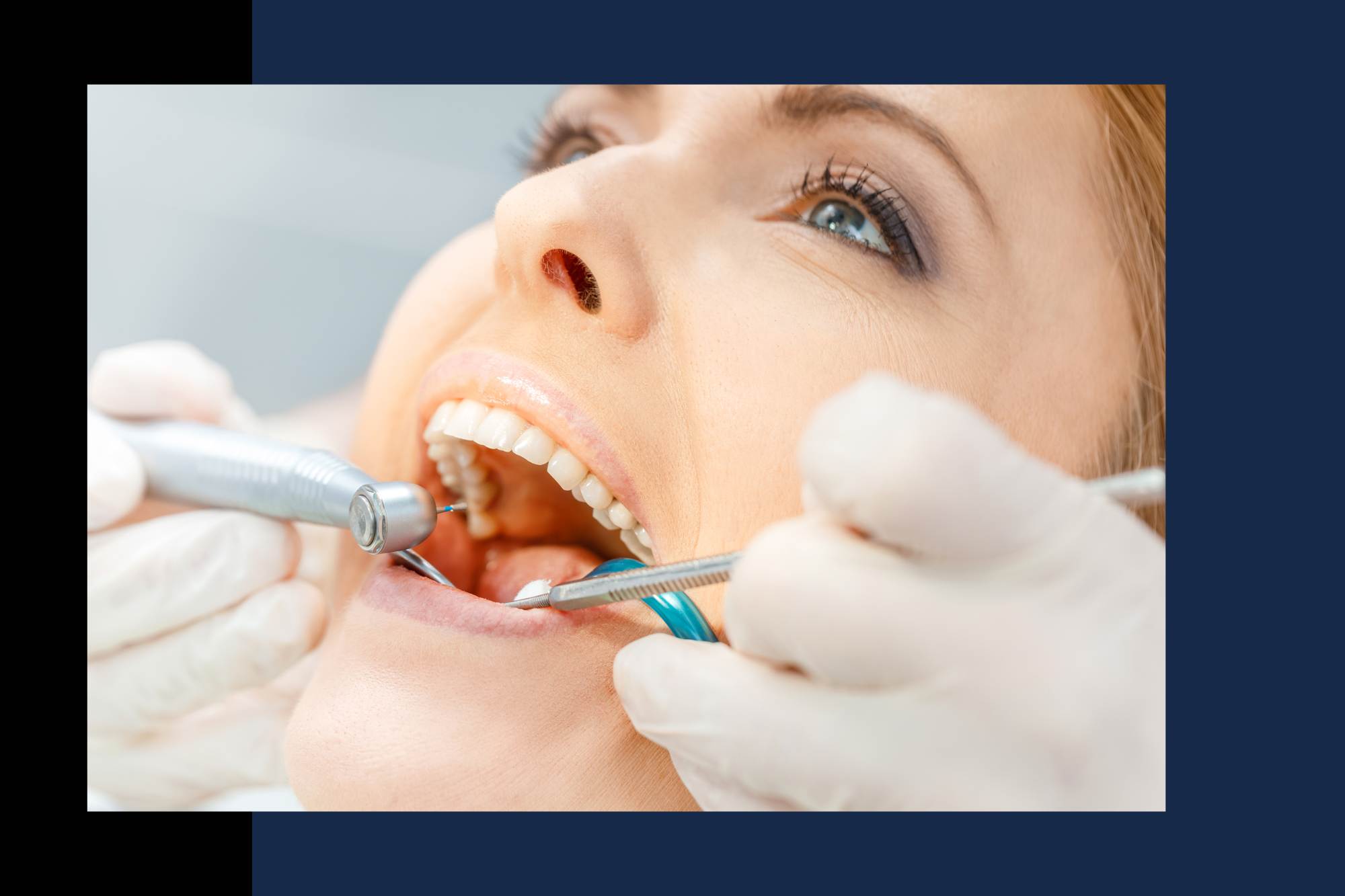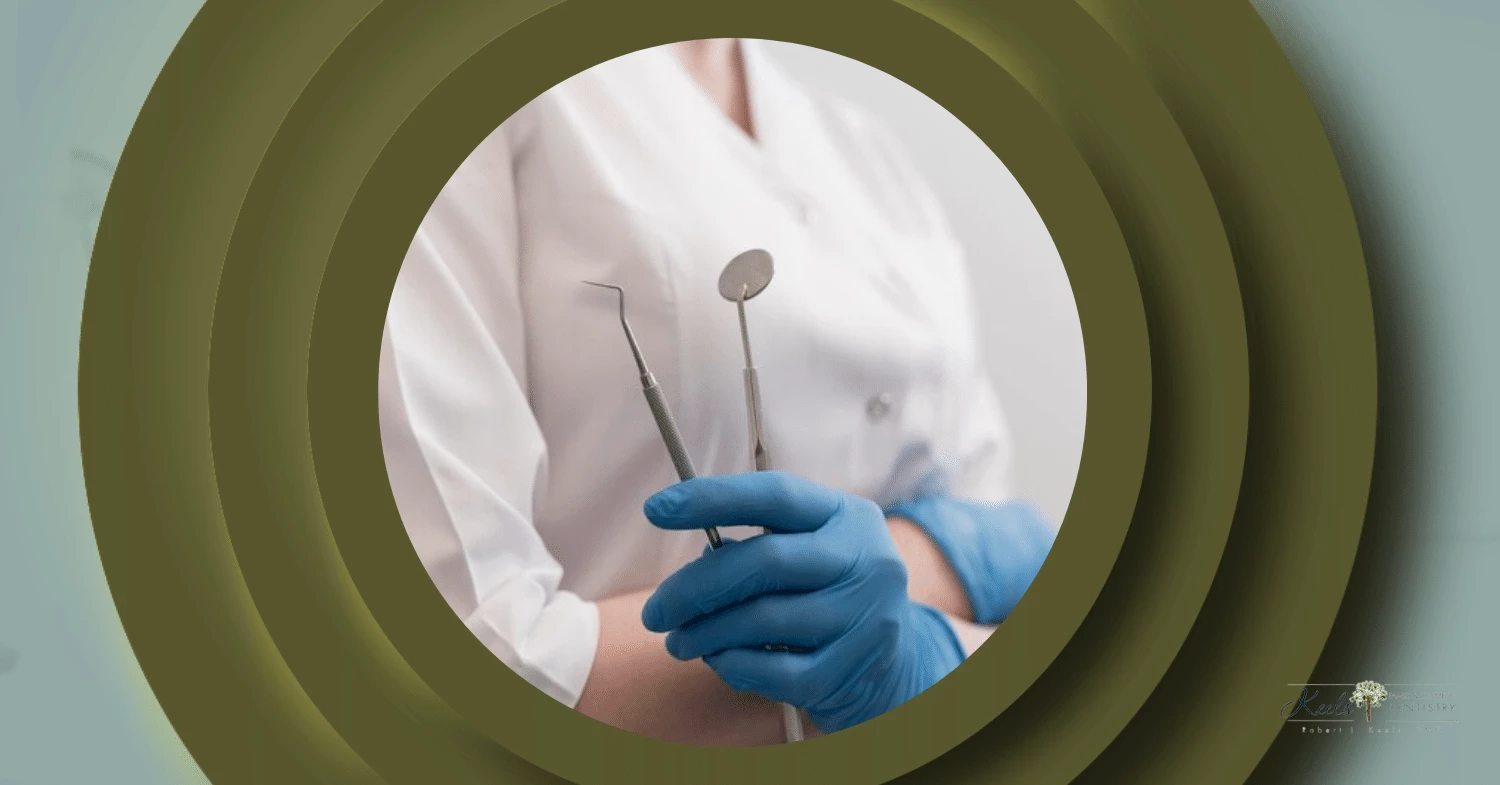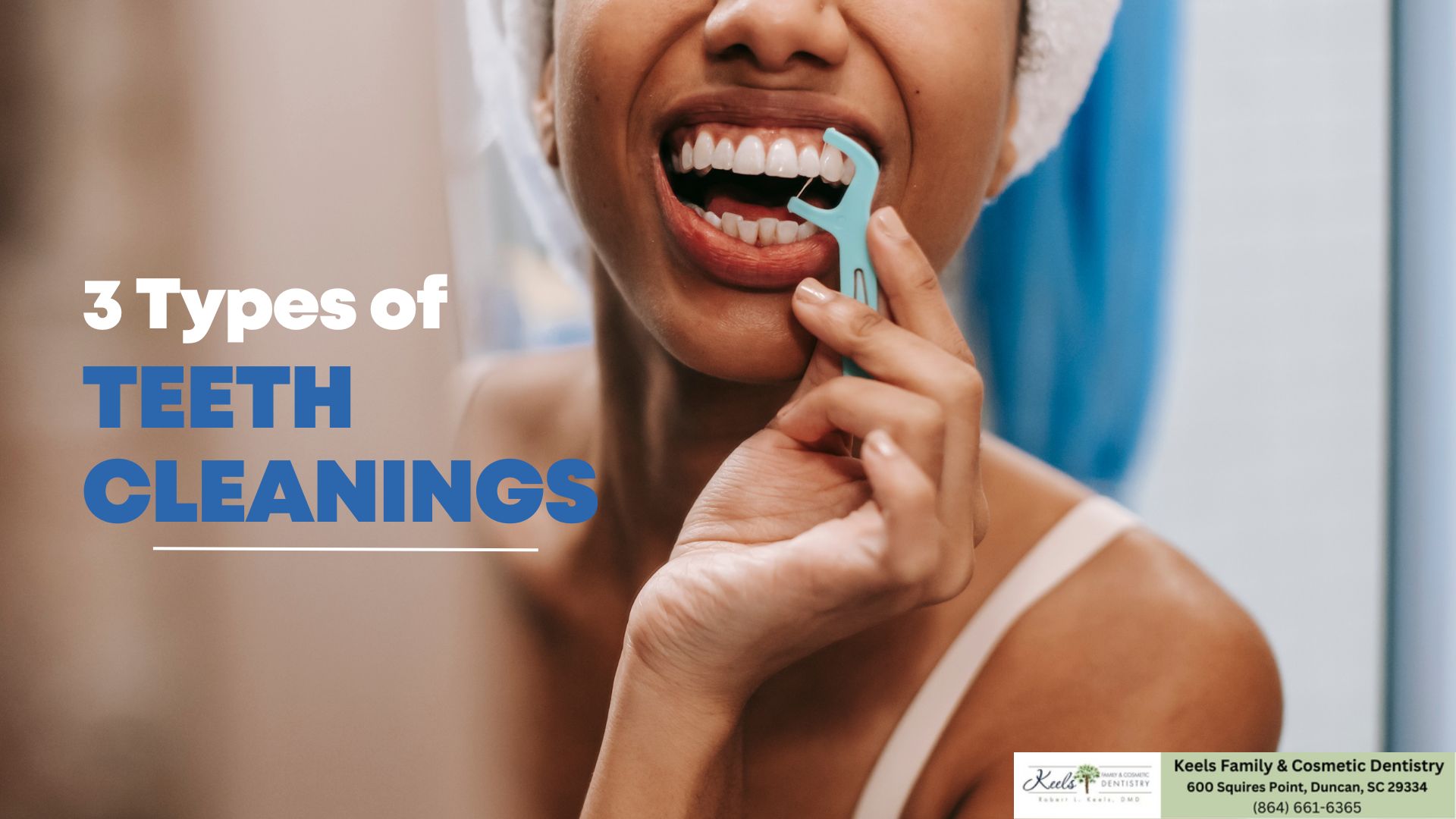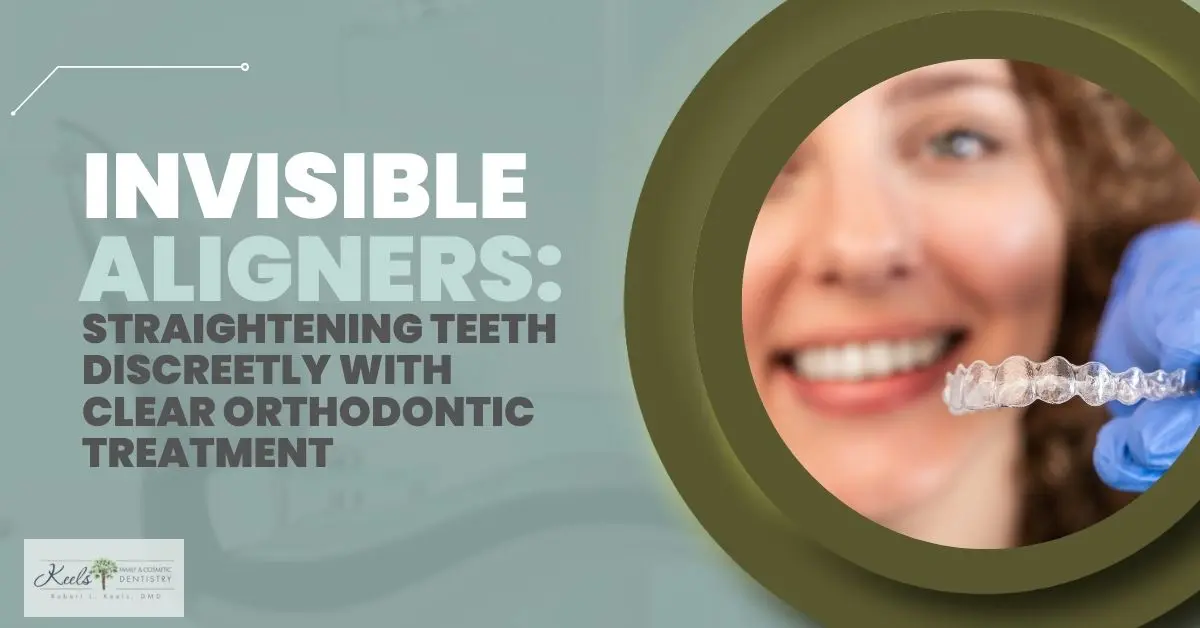Dental Implant Restoration
Replacing a missing tooth can give you so much more than just an aesthetically pleasing smile – it helps bolster your confidence and strengthens the functionality of your entire mouth! Schedule an appointment to discuss which dental implant option is right for you.
Dental Implant Restoration
What is Dental Implant Restoration?
Dental implant restoration is popular because it is a permanent solution to the patient’s dental problems. This means that patients who have undergone this implant procedure would no longer need any maintenance or other services after they are done with the treatment.
In addition, the dental implant restoration process only takes one visit for most people, so clients do not have to worry about spending days in the cosmetic dentist’s office. Placing dental implants through a metal (implant abutment) requires some sedation dentistry if their treatment involves procedures that take long periods of time and extensive treatments, so the patient could relax enough for the process to be done. The dentists that offer this treatment have years of experience in doing dental procedures to provide their clients with nothing but the best results possible.
Dental implants are permanent, unlike dental bridges or dental veneers, or crowns. Plus, this treatment plan would not require any other assistance, so most patients can save their money for later use. For your dental implant restoration in Duncan, SC, you can call us here at Keels Family & Cosmetic Dentistry, where we have been providing our clients with excellent service for years!
What Does Dental Implant Restoration Entail?
Dental Implant Restoration is a two-part treatment process that uses dental implants and porcelain veneers. Using dental implant restoration aims to restore your smile’s natural appearance while ensuring functionality, security, and a sturdy foundation.
Dental implant restoration is all about making sure your smile never has issues so it can be functional and last for a long time. Dental implants are usually used to replace teeth with dental crowns or bridges or replace missing teeth (a single tooth implant may also be an option).
The goal of using an implant as a tooth replacement is to give the appearance of a natural tooth. The implant is surgically placed on top of the jawbone. If it has not been anchored to another object, like a bridge or dental crown, it may be left alone for months so the bone can grow around it and make it stronger.

What are the different types of implant restorations?
Dental problems can now be treated by advances in dental technology. Dental Implants provide root replacements for missing teeth. It provides support for teeth that is removable and fixed and is molded to match their natural teeth. Dental implants have become increasingly popular over the past decade. It is like a natural teething tool.
There are many different types of implant restoration method options. Depending on the condition of the teeth, the patient’s individual needs and preferences, and the dentist’s treatment plan, different restoration methods may be used. The most common types of implant restoration include:
One-piece Implants
These implants consist of a single unit that is placed directly into the jawbone or lower jaw. They are the most common type of implant and are usually used when only one tooth is missing or a few teeth need to be replaced.
Multiple-piece Implants
This type of implant consists of several pieces that are connected together to form an entire arch (or other forms) of teeth. This type of implant is most often used in cases where multiple teeth are missing or need to be replaced.
Overdentures
Overdentures are denture appliances that fit over existing implants and provide a secure way to replace several missing teeth. They can also be used to stabilize dentures when there is no remaining natural tooth structure.
Implant-supported Bridges
This type of implant restoration involves two or more implants that act as anchors for a bridge. The bridge is used to replace several missing teeth in a row and is held in place by the implanted abutments.
Implant-supported Dentures
Implant-supported dentures are similar to overdentures but are more secure, as they are attached to several implants placed in the jawbone. This type of denture is designed to allow patients to eat, speak and smile without worrying about their dentures slipping out of place.
No matter which option you choose for your implant restoration, it’s important that you understand all of the details, benefits, and risks associated with the procedure.
Dental implant restoration is all about making sure your smile never has issues so it can be functional and last for a long time. Dental implants are usually used to replace teeth with dental crowns or bridges or replace missing teeth (a single tooth implant may also be an option).
The goal of using an implant as a tooth replacement is to give the appearance of a natural tooth. The implant is surgically placed on top of the jawbone. If it has not been anchored to another object, like a bridge or dental crown, it may be left alone for months so the bone can grow around it and make it stronger.
Benefits of Dental Implant Restoration
Implant restorations offer an effective alternative for many patients that have lost teeth or don’t like denture wear. Many people choose implant replacement after evaluating implant treatment options and benefits. After they learn the numerous advantages of implant restorations and the options they have, many choose to buy permanent solutions.
Implants can restore teeth more efficiently than traditional dental restorations, such as dentures. Implant restoration can provide an immediate replacement for lost teeth, improve speech, and help you enjoy the food you love.
What Happens During Dental Implant Placement?
Dental implant placement is the simplest stage of the process, but also the least complicated. During this procedure, implants can be strategically placed under the gum line and placed into the location of reconstructed tooth roots.
A dental implant surgeon may need an X-ray to determine exactly the place of the post or the bone if needed. When treatment plans are approved, implants can be placed quickly after surgery. After determining if the implant has become strong enough through x-rays, your oral surgeon will put in a titanium post to act as an anchor for your dental crown or bridge.
This part of the procedure usually takes less than half an hour because the dentist has to remove parts of your gum tissue and attach it directly onto the implant with a small screw retained. Implanting procedures may be performed in the presence or absence of anesthesia depending on the patient’s choice and the complexity of the situation.
Once this step is finished, the final step in the dental implant restoration process is to put in your permanent teeth that look completely like the natural teeth. The dentist will secure the dental crowns, single tooth bridge, or veneers over the titanium post so it would be securely attached to your smile. You will not have any problems eating or talking after this step has been completed because your new smile would feel like the real thing!
What Happens After Dental Implant Placement?
While you are in the process of getting your dental implant restoration, it is important to remember that you cannot eat hard food for one to two weeks until after the dental crowns have been attached.
Care and Maintenance
Implantation works as you would your normal teeth but requires maintenance to maintain their long-term health. If you want to keep the teeth properly cleaned and inspected, it is important that you do the correct procedures.
Take good care of your teeth – brush them daily with a gentle hand and soft-bristled brush. Make sure to avoid any oral care products that are rough on those pearly whites, as well as smoking! Most importantly, don’t forget the important visits to your dentist’s office; regular checkups can help keep you healthy for the long haul.
If you are interested in getting more information about dental implant restoration, give us a call here at Keels Family & Cosmetic Dentistry. We have been providing our patients with the best service for years!
Can Dental Implants Be Redone?
Yes, dental implants can be redone. If an implant is not successful the first time, or if it becomes damaged due to an accident or illness, it may need to be replaced. This process is known as a “re-implantation” and usually involves removing the existing implant and inserting a new one in its place. In some cases, the existing dental implant can be “refurbished” in order to make it look and feel more like a natural tooth.
Do I need Dental Implant Restoration?
When it comes to whether or not you should get a dental implant restoration, you must first look at the signs that would signify you should get one. One of the main reasons we get implants is because we want to give the appearance of natural, white, and bright teeth. People that are looking for a permanent solution to missing teeth, or a tooth that has undergone various other dental procedures, such as dental crowns, teeth veneers, or dental bridges can be a good candidate for a dental implant restoration.
Schedule Today!
If you are interested in knowing more about how our dentist can improve your smile with dental implant restoration, give us a call today so we can provide you with all the information you need. We have years of experience in helping patients get the best service, so why not try out Keels Family & Cosmetic Dentistry today!
We’ll then work with you to find a time best fits your schedule. Whether you need a regular checkup or something more advanced, our dentists can accommodate any type of appointment.
Call us today to schedule your appointment!
Why Choose Keels Family & Cosmetic Dentistry?
Make An Appointment
At Keels Family & Cosmetic Dentistry, we understand that people choose our practice for a multitude of reasons. Our prime location offers convenience to our valued patients, making it easy to schedule appointments and prioritize their oral health. The trust and satisfaction of our patients, who often refer friends and family, have solidified our reputation as a professional and caring dental office within our community. Our comprehensive services range from cosmetic dentistry to dental care for the entire family, ensuring that we meet the unique needs of every member. We work with various dental insurance plans to make quality care accessible. With flexible scheduling, a warm and welcoming atmosphere, state-of-the-art technology, and a commitment to patient education, we aim to provide not just dental services but also a comfortable and personalized experience. At Keels Family & Cosmetic Dentistry, we prioritize the health and well-being of our patients above all else, fostering a strong personal connection with each individual who walks through our doors.



